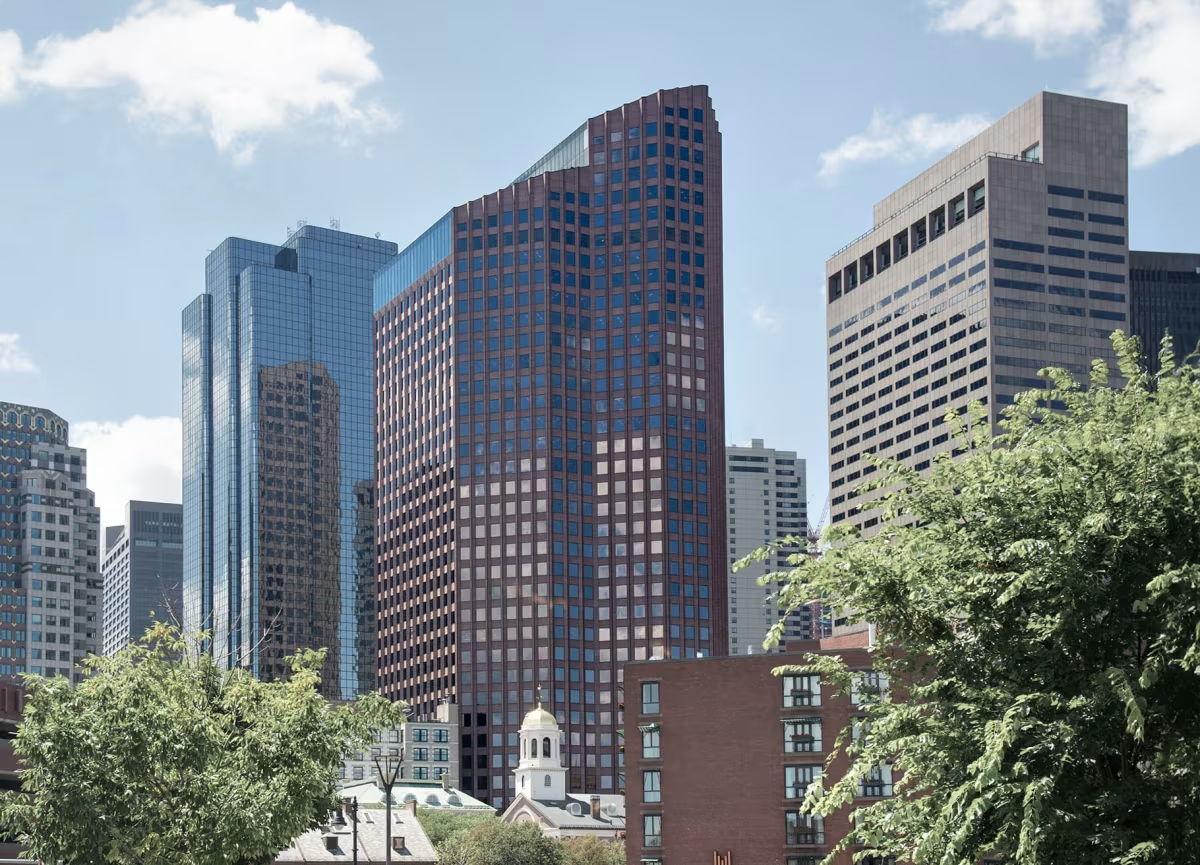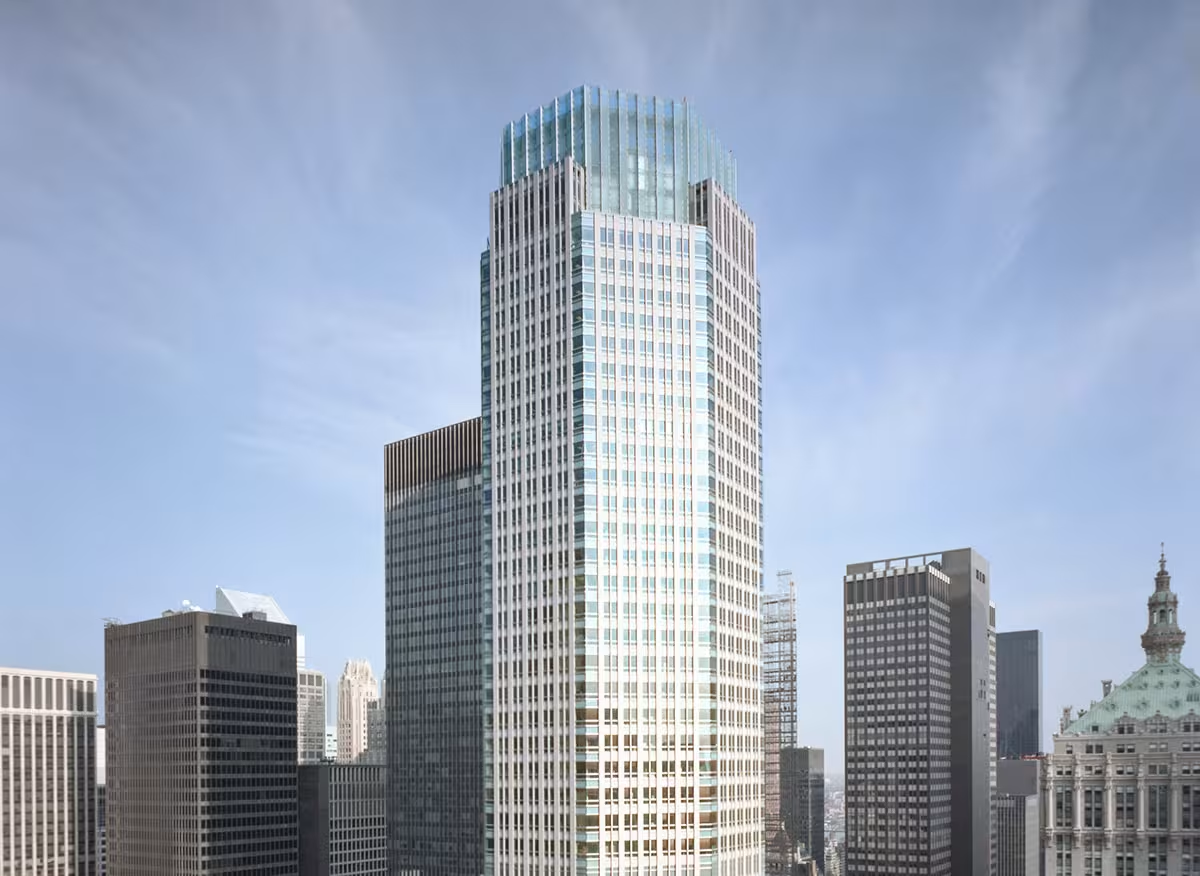60 State Street Building vs 383 Madison Avenue Building


Comparing the 60 State Street Building and the 383 Madison Avenue Building is compelling because they were both designed by Skidmore, Owings & Merrill, yet they stand in different cities (Boston, MA and New York, NY), and were completed over two decades apart.
What this will allow us to see, is how the same firm's approach adapted to different places in different periods of time.
Height & Size
The 383 Madison Avenue Building is clearly the larger tower of the two, both in terms of height and number of floors. It rises to 755ft (230m) with 47 floors above ground, while the 60 State Street Building reaches 509ft (155m) with 38 floors above ground.
Of course, each project may have faced different briefs or regulatory constraints, which we don't really know about and could also explain the outcome.
Architectural Style
The 60 State Street Building was designed in the Postmodernism style, while the 383 Madison Avenue Building reflects the principles of Contemporary.
At the time of their completion, both styles were well established. This makes the comparison especially interesting, because both buildings represent a dominant aesthetic at a particular point in time.Built 24 years apart (1977 vs 2001), these two buildings are a perfect example of how different architectural styles have shaped the architectural landscape of our cities over time.
Uses
Both the 60 State Street Building and the 383 Madison Avenue Building were designed to serve as commercial towers, and that has remained their main use since their completion, serving similar roles in the urban fabric.
The 60 State Street Building also provides 240 parking spaces.
Structure & Facade
Both towers share the same structural solution, a Frame system.
A frame structure uses a grid of columns and beams to carry the building's loads. This frees the walls from structural duties, allowing for flexible floor plans and larger windows.
However, when it comes to the facade, both buildings use different approaches. The 60 State Street Building uses a Curtain Wall facade, while the 383 Madison Avenue Building uses a Modular facade.
A Curtain Wall facade like the one seen in the 60 State Street Building uses a lightweight glass curtain wall hung from the structure, while a modular facade like the one seen in the 383 Madison Avenue Building employs prefabricated panels, often mixing solid surfaces with smaller windows.
| 60 State Street Building | 383 Madison Avenue Building | |
|---|---|---|
| Skidmore, Owings & Merrill | Architect | Skidmore, Owings & Merrill |
| 1975 | Construction Started | 1999 |
| 1977 | Year Completed | 2001 |
| Postmodernism | Architectural Style | Contemporary |
| Commercial | Current Use | Commercial |
| 38 | Floors Above Ground | 47 |
| 155 m | Height (m) | 230 m |
| Frame | Structure Type | Frame |
| Steel | Vertical Structure Material | Steel |
| Concrete And Steel | Horizontal Structure Material | Poured Concrete Over Metal Decking |
| Yes | Facade Structural? | No |
| Granite, Glass | Main Facade Material | Granite, Glass |
| Cabot, Cabot & Forbes | Developer | Gerald D Hines Interests |
| MA | State | NY |
| Boston | City | New York |
| 60 State Street | Address | 383 Madison Avenue |